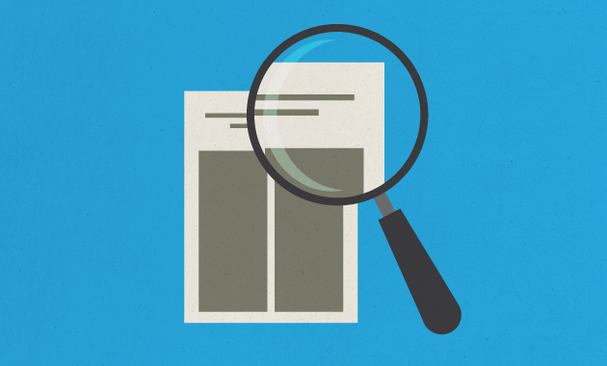
The undercover academic keeping tabs on ‘predatory’ publishing
Following the shutdown of Beall’s list, blacklists that warn against questionable publishers are in demand.

22 March 2018

When librarian Jeffrey Beall shut down his controversial blog listing potentially ‘predatory’ scholarly publishers and journals last year, archived copies swiftly appeared elsewhere online. More than a year later, at least one of these copycat blacklists is still growing — maintained by an anonymous website manager who says that they spend hours each weekend working on the list.
Growing interest in the site suggests that there is still an academic appetite for a public blacklist of predatory journals, says the site manager, who identified themselves as a senior research assistant in the hard sciences at a European institution. The site’s keeper corresponded with Nature by e-mail and declined to provide any further details of their identity, citing fear of harassment.
Since 2010, Beall, an academic librarian at the University of Colorado Denver, listed thousands of open-access journals and publishers that he said deceived authors by charging fees to publish papers without providing expected services, such as peer review and editing. He closed his site in January 2017, and later said that this was because of “intense pressure” from his employer — although his supervisor and institution have denied this, calling it Beall’s personal decision.
Pop-up sites
Sites preserving Beall’s list surfaced almost instantly. The anonymous site manager says that their own page, which is titled “Beall’s list of predatory journals and publishers”, was initially intended only for personal use. But soon after the site went live, they began receiving e-mails from academics asking about the quality of certain journals. The manager now spends four to six hours each weekend replying to these messages and says that most questions come from academics concerned about publishing in a particular journal. Sometimes, academics flag up what they believe to be a questionable journal, occasionally alleging that their research or identity has been stolen by a predatory publisher, the site’s moderator says.
If the journal titles aren’t already listed, the manager says they carry out an “in-depth analysis” of the publishers’ policies, checking them against a set of criteria originally laid out by Beall, and researching whether they are indexed on journal ‘whitelists’, such as the Directory of Open Access Journals or Journal Citation Reports. Journals or publishers deemed untrustworthy by the manager are included in an ‘update’ addendum on the blog. By March 2018, the new site had added 85 stand-alone journals and 27 publishers to Beall’s original lists of more than one thousand titles.
Another site called Stop Predatory Journals, also came online in January last year. It is run by a group that, according to the website, consists of scholars and information professionals who decided to “rebuild and resurrect” Beall’s list hoping to create a community-based approach to curation. But the site is not regularly updated, according to records on its GitHub repository, and has added no new journals, besides one whose publisher was already on Beall’s list. The group did not respond to Nature’s requests for comment.
“I understand their desire to be anonymous,” says Beall, who says that publishers listed on his site frequently complained to senior officials at his institution.
A different tack
Last June, a scholarly-services firm called Cabell’s international in Beaumont, Texas, launched its own, pay-to-view blacklist of what it deems “deceptive” journals, which includes a series of criteria for deciding whether titles should be added. Kathleen Berryman, a project manager at the firm, says that the lack of clear explanations for why journals are on the anonymously maintained blacklists is a problem. Ideally, every entry on the list would state reasons for its inclusion, agrees the anonymous site manager. “I’m not sure if I will ever have time to do that myself,” they say.
Berryman says around 200 institutions have subscribed to Cabell’s blacklist since its launch. The list includes about 8,000 journals, including some that aren’t open access. (The firm also maintains a whitelist; some journals aren’t on either list, Berryman says.) But the anonymous site moderator has “mixed feelings” about the fact that Cabell’s lists are pay-to-view. They note that their site analytics suggest many users of the revived list are from low-income countries.
Rick Anderson, an associate dean in the library at the University of Utah in Salt Lake City, says that anonymously maintained lists might be helpful for researchers, but they fall short of what is needed (Anderson did paid consulting work for Cabell’s when it was planning its blacklist but has had no further involvement in the project). He says that although he understands why managers of the revived lists prefer to remain unnamed, their anonymity also means a lack of accountability.
The scholarly community does need a good blacklist for keeping tabs on predatory publishers, he says. But it should include clear criteria and justifications for inclusion, explanations for removed entries and an appeal system. “To do it well is going to be expensive and difficult,” says Anderson.
This article was first published on the Nature News page.
